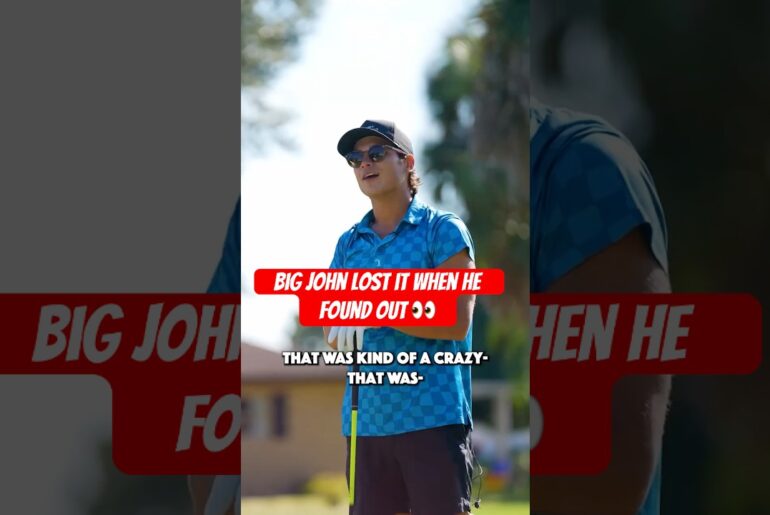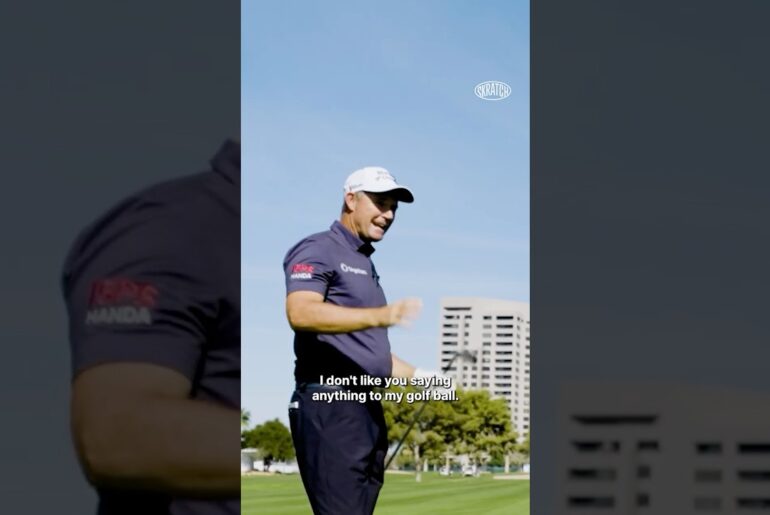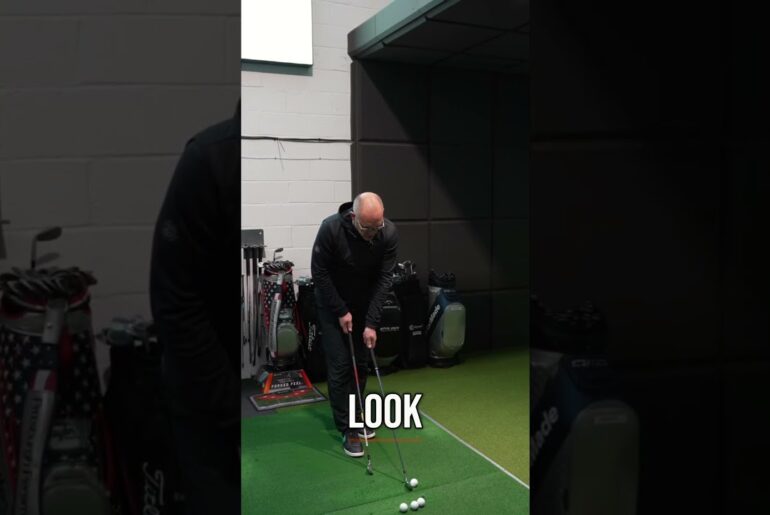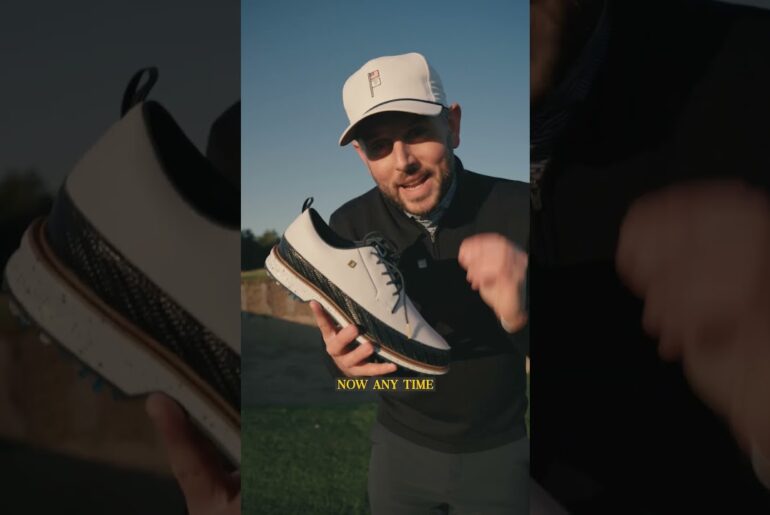spectrum Floor coating services
how to make epoxy garage floor coating
more details for epoxy flake
APPLICATION OF THE EPOXY TO YOUR GARAGE FLOOR
There is one note we want to make you aware of when it comes to the application of epoxy. Many of the videos that you can watch online showing the epoxy application process do not use 100% solids epoxy. Many are using a thinner water or solvent based epoxy that can be rolled out of a paint tray like you are painting a wall. The video shown below is an example of this, but it still does a good job of giving you an idea of what is required.
100% solids epoxy is much thicker and requires that you pour the epoxy garage floor coating out onto the floor and use back rolling as the final process. That is the method that we discuss here.
Once the floor is properly prepared, now is the time to double check your materials list, required tools, check the weather, insure that you have a proper work station for mixing, and go over your game plan.
If your epoxy garage floor coating extends out past the garage door and doesn’t end at a slab joint, you will want to tape off the floor where the garage door seal meets the floor. Remember that you will need to remove the tape about 30 minutes after the epoxy has set. If not, the epoxy will be too hard and you will have torn tape residue in your clean line.
APPLYING THE FIRST COAT
Depending on which epoxy garage floor coating you are installing, your first coat will be a primer coat or the color base coat. Contingent on the manufacturer, you will have approximately a 40 minute working window during ideal conditions. This window will shorten if the temperatures are warmer than ideal and lengthen if it’s cooler. Pay close attention to this window.
Make sure your chip brushes, rollers, and epoxy are staged and ready to go. If this is your color coat and you are applying vinyl color flakes, make sure they are staged and ready as well.
After the epoxy is mixed, immediately start pouring it out in a 1”-2” ribbon along the back border of the designated section that it was mixed for. Continue working the ribbon back and forth across the entire section until it’s all poured out.
If working without contraction joints or saw cuts for a border, do not pour the mix out over the minimum coverage rate for the amount mixed. For example, if you mixed 1.5 gallons to cover 200ft² – 250ft², pour the entire amount of epoxy out in ribbons over 200ft² of floor. Because it’s the first coat and you don’t know how much epoxy garage floor coating the concrete will soak up initially, it’s best to start rolling for 200ft² of coverage first. If you have additional epoxy left over after rolling the 200ft², continue rolling on the additional 50ft² if it allows without stretching it.
Once poured out on the floor, start in the back corner and begin rolling it out. Be sure to preload your roller with a ribbon of epoxy first. This will remove air in the roller and alleviate the chances of rolling air bubbles into the coating. Take care to keep the roller loaded at all times. It’s OK to roll rather quickly.
While the epoxy is being rolled out, the second installer should preload the chip brush and with his spiked shoes on, start cutting in at the edges. Once done, he can be ready to start mixing another batch of epoxy or start applying the optional vinyl paint chips over the parts of the floor that have been back rolled already.
Once you are done rolling out a section, it’s time to start back rolling. Back rolling the epoxy is important because it helps to eliminate bubbles, roller marks, application imperfections, and provides for a uniform thickness of the epoxy.
Start the back rolling process by rolling forward and then rolling back on the same track in a direction that is perpendicular (90 degrees) to the direction the epoxy garage floor coating was initially rolled out. Cover about 6’ or more in your pass letting the natural weight of the roller do the work. Make a second pass if necessary to smooth the epoxy out.
At the end of your back roll, pick the roller up and move it over for your next pass while making sure to overlap the prior one. Continue across the floor this way until you need to start a new row, making sure the new row overlaps the prior row. It’s OK to walk on a back rolled section in your spiked shoes if necessary.
If you are using the 18” rollers, the initial application and back rolling will go almost twice as fast as the 9” rollers. It also reduces the amount of chances by half to create a roller line in the epoxy.
If your first coat is the primer coat, it’s OK to spread it out a bit thin if you feel as though you are running out before you complete your first section or the entire floor. This can happen if the floor is more porous in certain areas and soaks up more primer.

![how to create epoxy floor coating[epoxy garage floor coating full apply][spectrumfloorcoating]paints how to create epoxy floor coating[epoxy garage floor coating full apply][spectrumfloorcoating]paints](https://www.fogolf.com/wp-content/uploads/2020/05/1588719904_maxresdefault.jpg)





